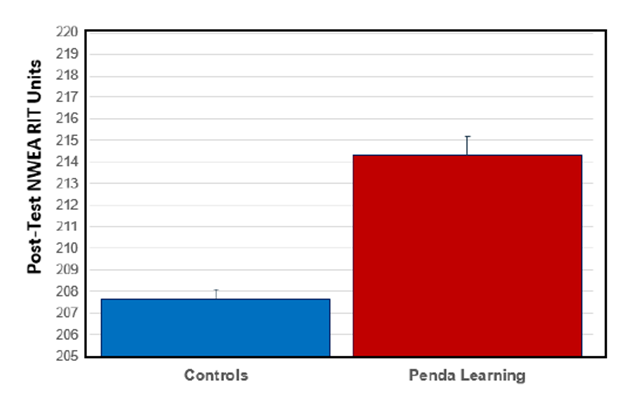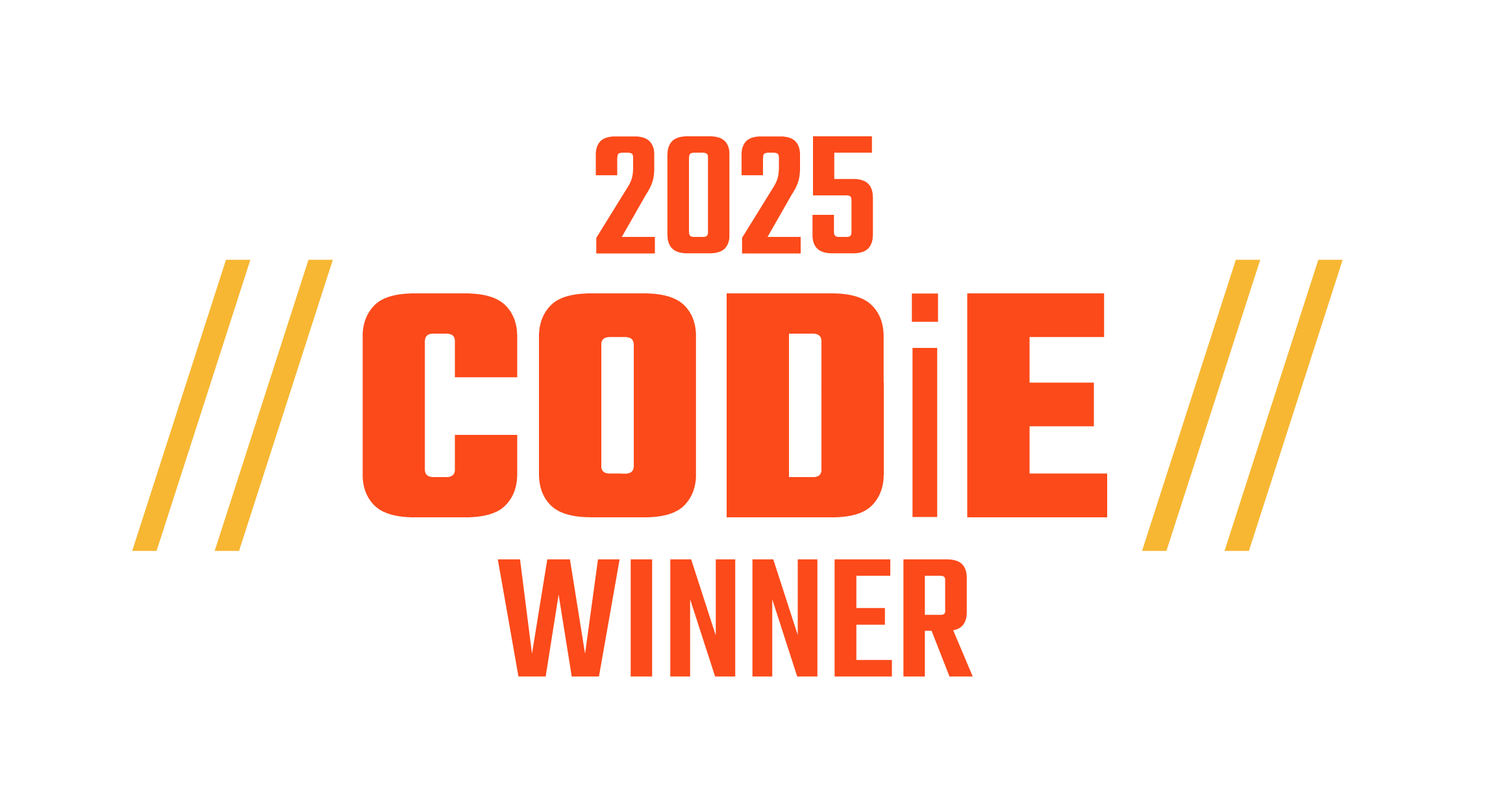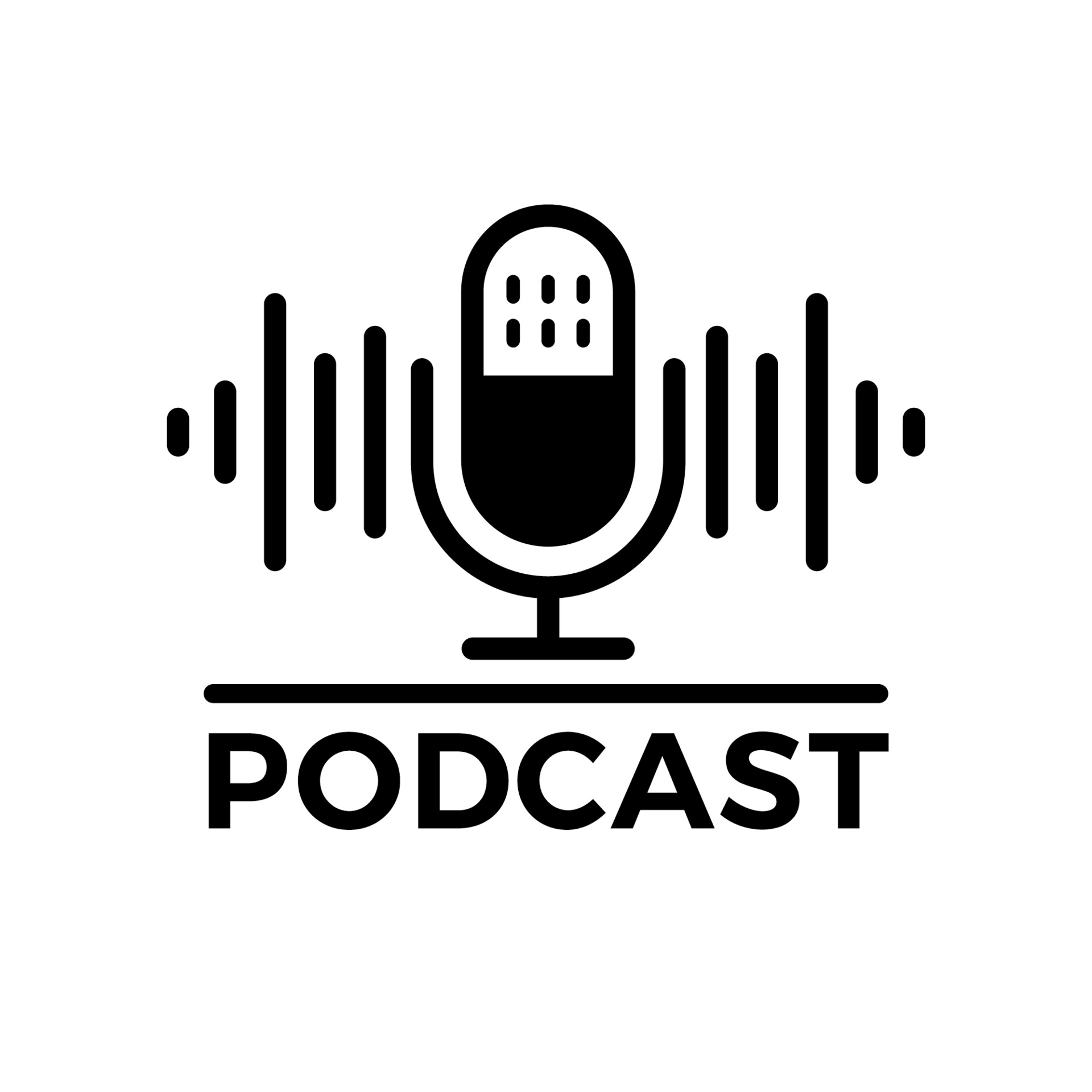The Economic Case for Quality Science Education: Why Early Gains in STEM Fuel Long-Term Prosperity
By Dr. Steven L. Miller
The difference between a prosperous community and a struggling one can often be traced back to the quality of its science classrooms. The impact of the pandemic's “learning loss” on future student earnings is based on scores in science and math. In the US, the estimated effects are $600 billion in lost future earnings (Lieberman, 2024, Edweek) and $31 trillion in lost economic activity (Hanushek, 2024). If we are serious about improving our communities’ future economically, civically, and socially, then we must become more serious about science education in our K–12 schools. Now, some good news: above-average research-proven science intervention can recover these losses over time, if we act quickly.
Science Knowledge and The Million Dollar Classroom
Education has long been understood as a driver of economic growth, but it’s not just about graduation rates or seat time. It’s the quality of learning, especially in science and mathematics, that makes the economic difference. Economists estimate that even a modest 0.25-0.5 standard deviation increase (10-20% above average) in student science scores can translate into trillions of dollars in long-term income and economic gains (see Table 1, adapted from Hanushek & Woessmann, 2020). This is not purely hypothetical. It’s a well-documented relationship: higher STEM knowledge leads to increased workforce productivity, enhanced innovation, and higher earnings (Hanushek and Woessmann, 2015, 2020). As schools and districts continue to prioritize academic recovery and future readiness, the data is telling us something urgent: investing in science proficiency, especially in the early grades, is one of the highest-return strategies we have for community prosperity and workforce development.
Table 1. Million Dollar Classrooms -Above-average science performance yields increased lifetime class income
| Learning effectiveness by percentiles (standard deviations) | ||
Class Size 30 | 60% (0.25 sd) | 69% (*0.5 sd) | 84% (1.0 sd) |
Income | $4,713,840 | $9,427,680 | $14,141,520 |
The effect size reported in the recent Penda Learning study (0.56) provides a school-year benefit similar to those used in the table. Table values are adapted from Hanushek & Woessmann, 2020 with updated labor statistics for STEM.
New Research Shows What’s Possible
To help advance this conversation, I recently completed and published a multi-site study involving nearly 19,000 students in grades 4th through 8th across 46 schools, using an independent science assessment, NWEA MAP outcomes. The goal was to evaluate whether a technology-enhanced science program could accelerate science learning on a large scale in a single school year. The test group used Penda Learning, a computer-based platform aligned with state standards and designed to build mastery through engaging activities.
Students using the platform achieved significantly greater gains in science knowledge than their peers in the control group, with an average effect size of 0.56, representing more than a single school year of Science knowledge on average. Additionally, proficiency rates increased by an average of 21%, and these gains were consistent across all demographic groups, including English learners and students from historically marginalized communities. In Table 1, these average effects would have a substantial impact on student income and the local economy.
Insert Figure 1 about here
Figure 1. Main Effect of Group for Penda Users vs. Active Controls
on the NWEA MAP Growth Science assessment. p<.001

From Miller, (In Press), IEEE Education Society, 10th Annual International
STEM Education Edition.
Notably, we report a significant dose-response relationship in the results; the more time students spent engaging with the platform and mastering content, the greater their growth on the NWEA MAP science assessment. This correlation highlights a broader truth: when students receive high-quality science instruction early and frequently, they rise to the challenge. Higher science knowledge for Penda Learning vs. Controls, and this effect was observed for boys, girls, and all student ethnicities.
Science Education and Economic Mobility
Science achievement is a powerful predictor of long-term educational and economic outcomes. For students, the trajectory from early science proficiency to future prosperity begins in elementary and middle school. Children who demonstrate strong performance in science during these formative years are significantly more likely to:
- Enroll in advanced STEM coursework in high school
- Pursuing science- and technology-related postsecondary pathways
- Enter high-wage, high-demand careers in fields such as healthcare, engineering, and information technology
Beyond academic content, science education cultivates essential transferable skills—critical thinking, data literacy, problem-solving, and systems reasoning—that are foundational to success in the modern labor market. These skills are repeatedly identified by employers as among the most valued in a rapidly evolving economy driven by innovation, automation, and digital transformation.
However, the opportunity to benefit from high-quality science instruction is not equitably distributed. By fourth grade, students from historically underrepresented and economically disadvantaged groups—particularly Black, Hispanic/Latino, and low-income students—already show significant gaps in science achievement. These disparities often grow by eighth grade and persist through high school, limiting access to advanced coursework and the economic opportunities that follow.
Addressing these early inequities in science education is not only a matter of academic improvement but also a critical lever for promoting social mobility, workforce readiness, and inclusive economic growth.
Middle School: A Critical Inflection Point
Middle school is when many students decide whether they see themselves as "science people." It’s also when national data shows a steep decline in STEM interest, especially among girls and minorities, by nearly 30% between 8th and 10th grade. Factors such as social pressures, limited access to role models, and outdated instructional approaches contribute to this disengagement.
Yet this period also represents a powerful window of opportunity. With the right tools and support, we can reverse these trends. Effective science instruction at the middle school level not only boosts achievement but also builds confidence, identity, and persistence in STEM pathways.
That’s why educational equity strategies must include a focus on science, not just reading and math. Science is where students learn to ask questions, test ideas, and engage with the real world. It’s where they practice being problem-solvers, critical thinkers, and build resilience. And it’s where long-term disparities in opportunity can either be reinforced or undone.
Why School Leaders Should Prioritize Science Now
I understand how resource constraints shape decision-making. But I also know that we cannot afford to treat science as an “add-on” subject. Elementary teachers report dedicating less than an hour a week to science instruction in many schools. When districts double their investment in focused, research-backed science instruction, the return on the investment includes:
- Future workforce readiness
- Economic development at the community level
- Upward mobility for underserved student populations
This means providing science teachers with professional learning, selecting evidence-based tools aligned to standards, and creating instructional schedules that protect time for science instruction—particularly in the elementary and middle grades, where it is too often sacrificed.
It also means rethinking how we evaluate program impact. Are we measuring student growth using valid, reliable assessments? Are we disaggregating outcomes by subgroup? Are we looking at science proficiency as a leading indicator of postsecondary success?
These questions aren’t just for academic reports; they’re essential for school board meetings, strategic plans, and grant proposals.
Conclusion: From the Classroom to the Economy
It’s time for educational leaders to view science instruction through the lens of economic impact. Whether your goal is to close achievement gaps, strengthen your local talent pipeline, or secure federal/state funding for school improvement, investing in science is a high-yield strategy.
We know what works. Now we need to act on it. If more districts commit to sustained, high-quality research-proven science instruction and if policymakers fund it we can ensure that today’s students become tomorrow’s innovators, entrepreneurs, and problem-solvers.
Learn more about the author: Dr. Miller Bio
References
Hanushek, E.A., and Woessmann, L. (2020), The Economic Impacts of Learning Losses, Organization for Economic Co-Operation and Development, http://hanushek.stanford.edu/sites/default/files/publications/The%20Economic%20Impacts%20of%20Learning%20Losses_final_v1.pdf
Lieberman, M. (2024). Learning loss may cost students billions in future earnings. How Districts are responding. EducationWeek, March 15, 2024. https://www.edweek.org/teaching-learning/learning-loss-may-cost-students-billions-in-future-earnings-how-districts-are-responding/2024/03
Miller, S.L. (In Press). Science Achievement Gains from a Computer-Based Learning Platform: A Multi-Site Quasi-Experimental Study, IEEE Education Society, 10th Annual International STEM Education Proceedings.https://www.researchgate.net/publication/394251049_Science_Achievement_Gains_From_A_Computer-Based_Learning_Platform_A_Multi-Site_Quasi-Experimental_Study



